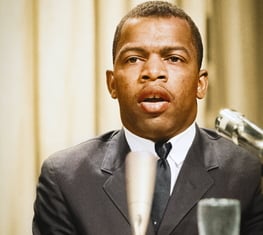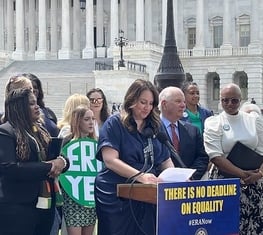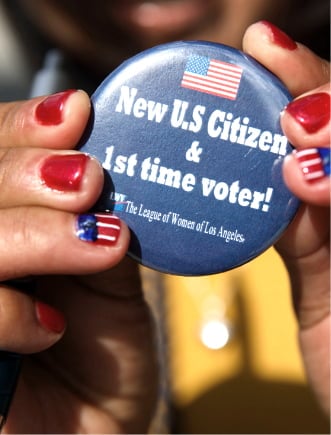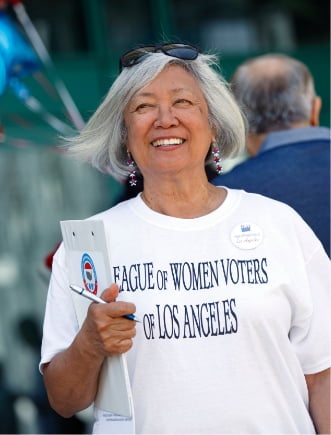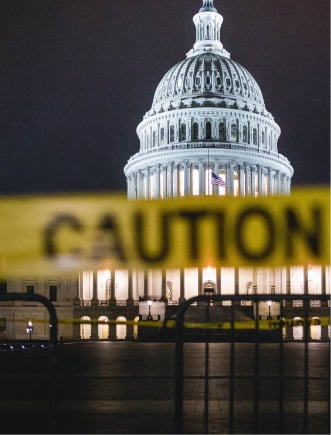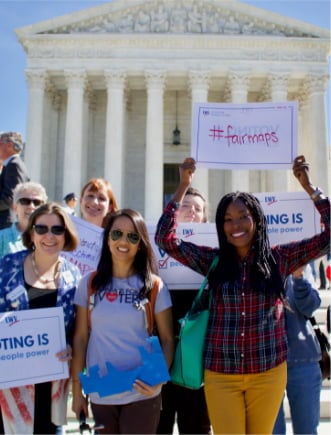This story was originally published by Ideastream Public Media.
Ohio’s primary is now less than two weeks away. Voters will cast ballots by political party in the March 19 primary for president and U.S. Senator. Statehouse races and some issues are on the ballot too.
Voters in Ohio are now required to show a photo identification when they vote in-person at the polls. The hardened identification requirement was one part of a law that went into effect last year focused on overhauling the state’s voting processes and policies. The bill aims, supporters said, to strengthen election integrity and voter confidence in results.
The early voting window for the primary opened in February. The Cuyahoga County Board of Elections says it’s seeing a high number of errors in absentee ballot requests it is receiving. Based on numbers released by the board for last month, out of 32,000 absentee ballot requests received by Feb. 23, more than 2,000 were deemed invalid for a variety of errors.
One of the biggest errors, according to the board, is that voters are not selecting the party ballot they wish to receive. Voters can select either a Republican, Democrat or issues-only ballot. Ohio allows voters to choose the party ballot of their choice when they vote. Bills proposed in the statehouse, however, seek to change that in the future by closing Ohio’s primary and requiring voters register with a political party well in advance of a primary.
Jen Miller, the executive director of the League of Women Voters of Ohio joined Ideastream Public Media’s, “Sound of Ideas” show this week to answer questions from voters.
Miller told listeners that first and foremost before any election, voters should have a plan for how they are going to vote and review it in advance. She says because Ohio’s voting rules and procedures have changed, it’s important for voters to be aware of those changes long before they go to the polls or request an absentee ballot.
The acceptable forms of photo identification have changed. Miller discussed at-length the types of photo identification that are accepted. Those forms of identification are: an Ohio’s driver’s license or state ID card, U.S. military ID card, an Ohio National Guard card or a U.S. Veterans Affairs card. She stressed that any form of ID presented to vote must be unexpired.
Miller says a bank statement of a county-level veteran ID card will no longer be accepted. Voters who fail to show a valid form of identification will be given a provisional ballot.
“They should vote that provisional ballot. And, they'll get instructions from a poll worker on how to make sure that they give proper ID to the Board of Elections, after Election Day. So that it can count,” Miller said.
“Now, one misnomer is a lot of people think that your address must be correct on these IDs. That is not the case. And in fact, US Passport books and cards don't even have an address. They just need to be unexpired. And your name needs to closely resemble or be identical to what is on the voter registration rolls,” she said.
Miller says voters still have time to get to an Ohio Bureau of Motor Vehicles location to update their identification. She says Ohio does offer a free state ID card. But she says that can create issues for out-of-state voters, such as college students. “Keep in mind, however, if you get a free state ID card and you're, for example, like an out-of-state student, your driver's license in another state will no longer be valid.”
Miller says vote-by-mail is a safe and secure method of voting.
“Let's keep in mind that this is a way of voting that a voter has to prove their identity twice, first when they request that ballot and second, when they return the ballot. It will not count if they have not proved their identity. Now, the good news is that you can use just the last four digits of your Social Security number. You don't have to have one of those photo IDs. So this is a great option for people with disabilities who may not have, a driver's license or out of state students or others. It's a great option,” Miller told host Jenny Hamel.
Because many people like the convenience of voting absentee by mail, Miller says voters need to leave plenty of time to request the ballot which must be mailed to them. Miller says voters need to follow the instructions for completing their mail ballot carefully and get those ballots back as quickly as possible. She recommends using your county’s drop box located at the board of elections.
“They're surveilled 24/7 and they're actually fireproof and bomb proof. So, it's a very secure way. You can also put it in the mailbox. One thing to keep in mind is that you can have family members return your ballot. Many family members, you can have, you know, your spouse, your parents, your kids. There are some obvious folks that are not allowed to return a ballot, like a grandkid or a roommate. And we are in court trying to get that list expanded,” Miller said.
A caller, John from Kent asked what options independent voters have for primary voting.
“A lot of times with gerrymandering, especially, the most important, election in a legislative race is the primary. So, I would encourage you to, look at the ballot, go to the Board of Elections, put in your information, and see who is on your ballot on both sides, the Republican side and the Democrat side. And request one of those ballots. And it does not matter if you are registered as a Republican, you can pull a Democrat ballot and vice versa,” Miller said.
In cases of Independents who do not wish to pull a ballot for either party because they do not want to be listed on either party’s voter rolls, Miller says they can ask for an issues-only ballot.
You can listen to more of League of Women Voters of Ohio Executive Director Jen Miller’s answers to voting questions by listening to the full interview from the show.
What You Can Do
The Latest from the League
VOTE411.org did more than just help me register to vote. It also gave me the information I needed to vote for the very first time this Election Day.
This election season, many states have implemented new voter laws, and there’s been some confusion over new requirements. Wherever you live, if you’re unsure of what you need to hit the polls, visit VOTE411.org!
Creating a voting plan that fits your needs makes casting your ballot easier and less prone to complications. This year is unlike any other election year in recent memory. And at the League of Women Voters we know that there is a lot of information out there to sift through as you develop the best voting plan for you. Here are four easy ways that VOTE411.org can help you get started on your plan today.
